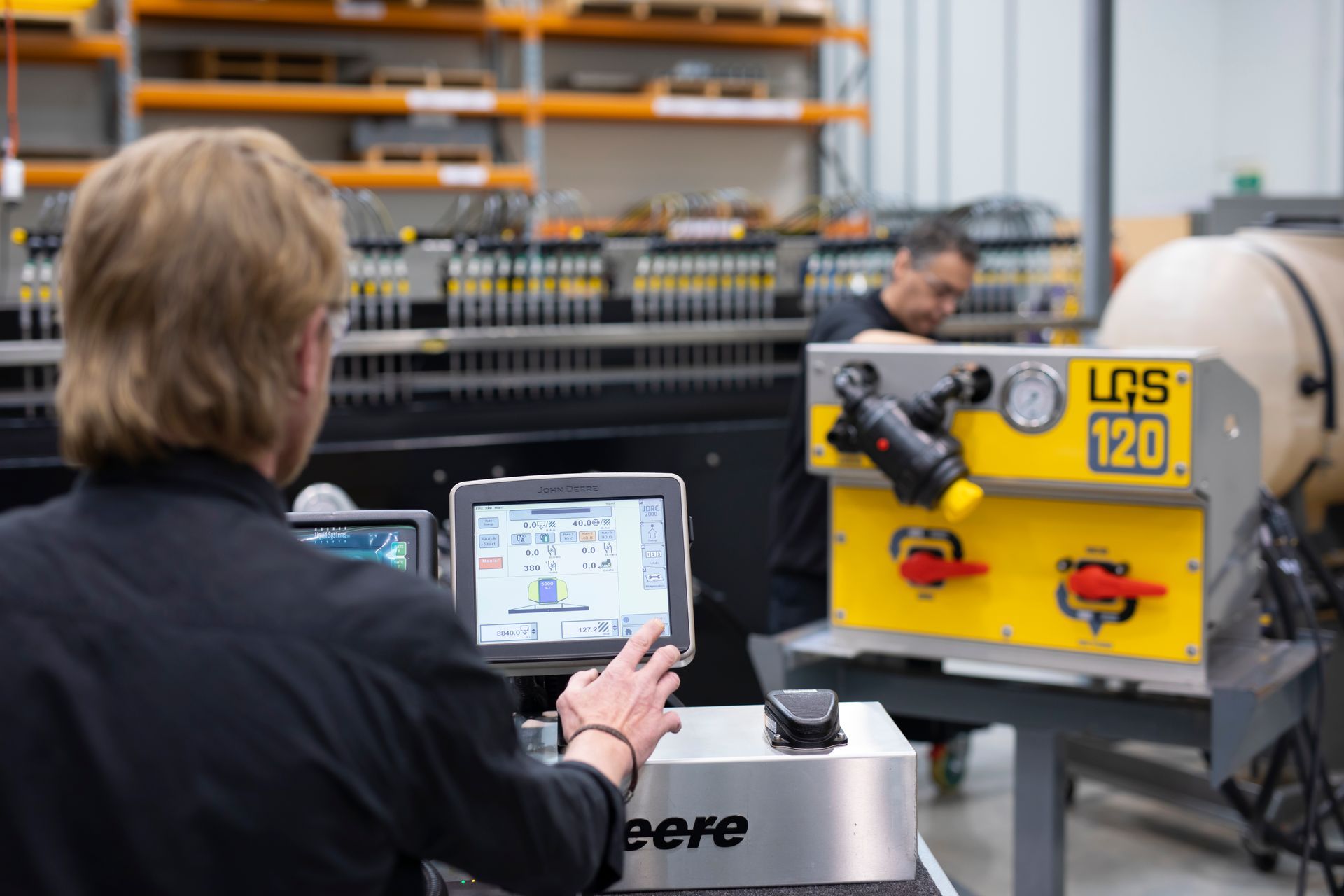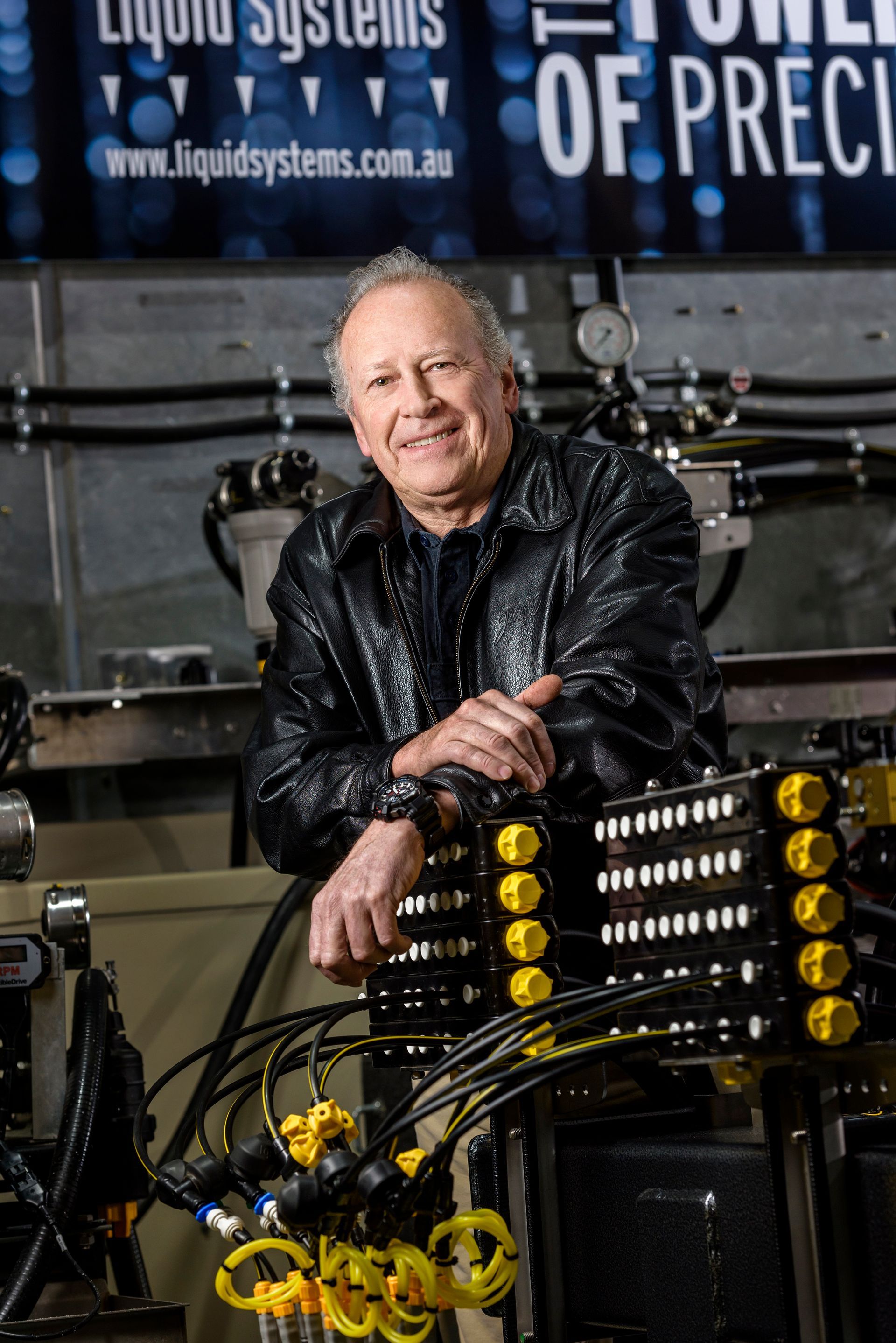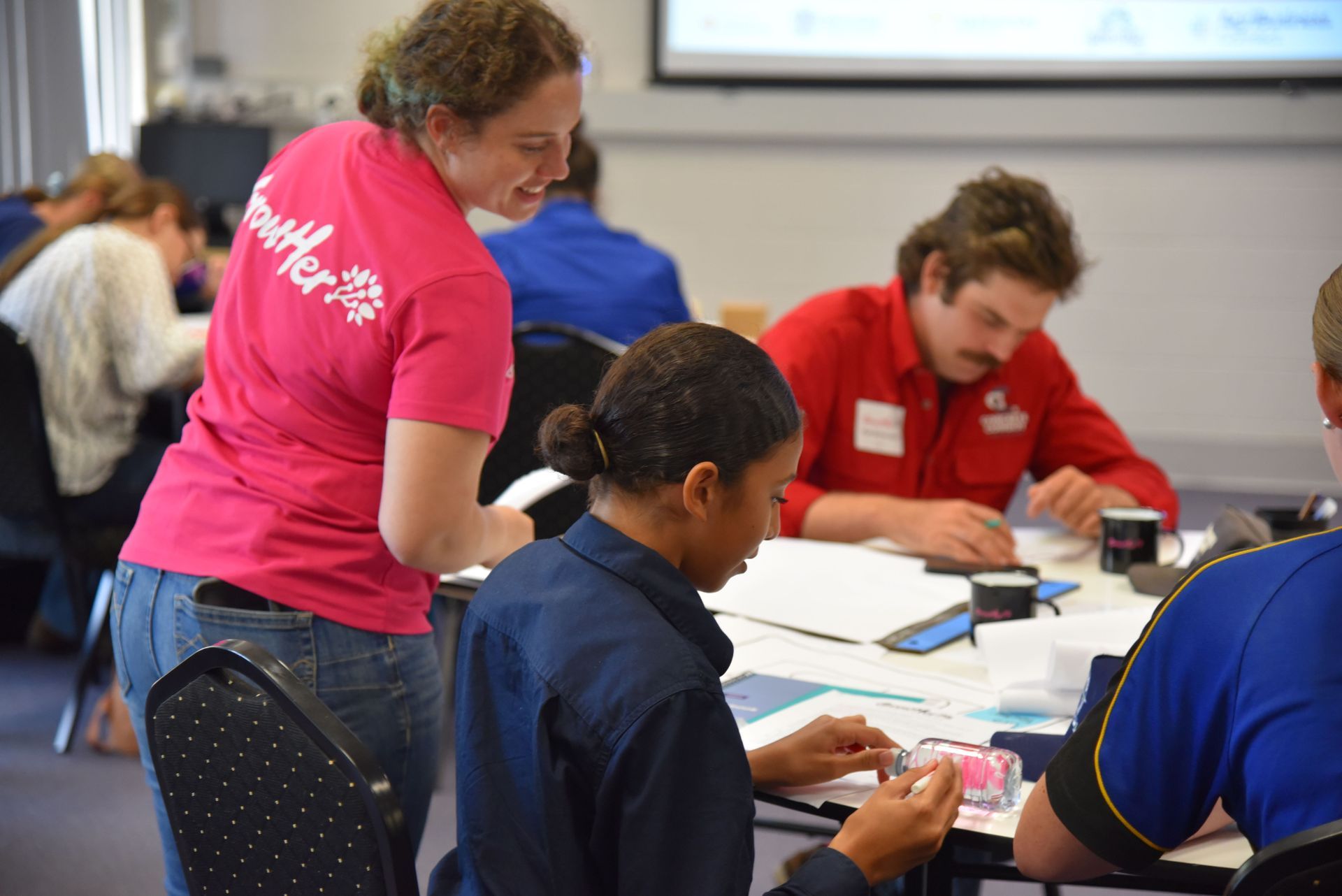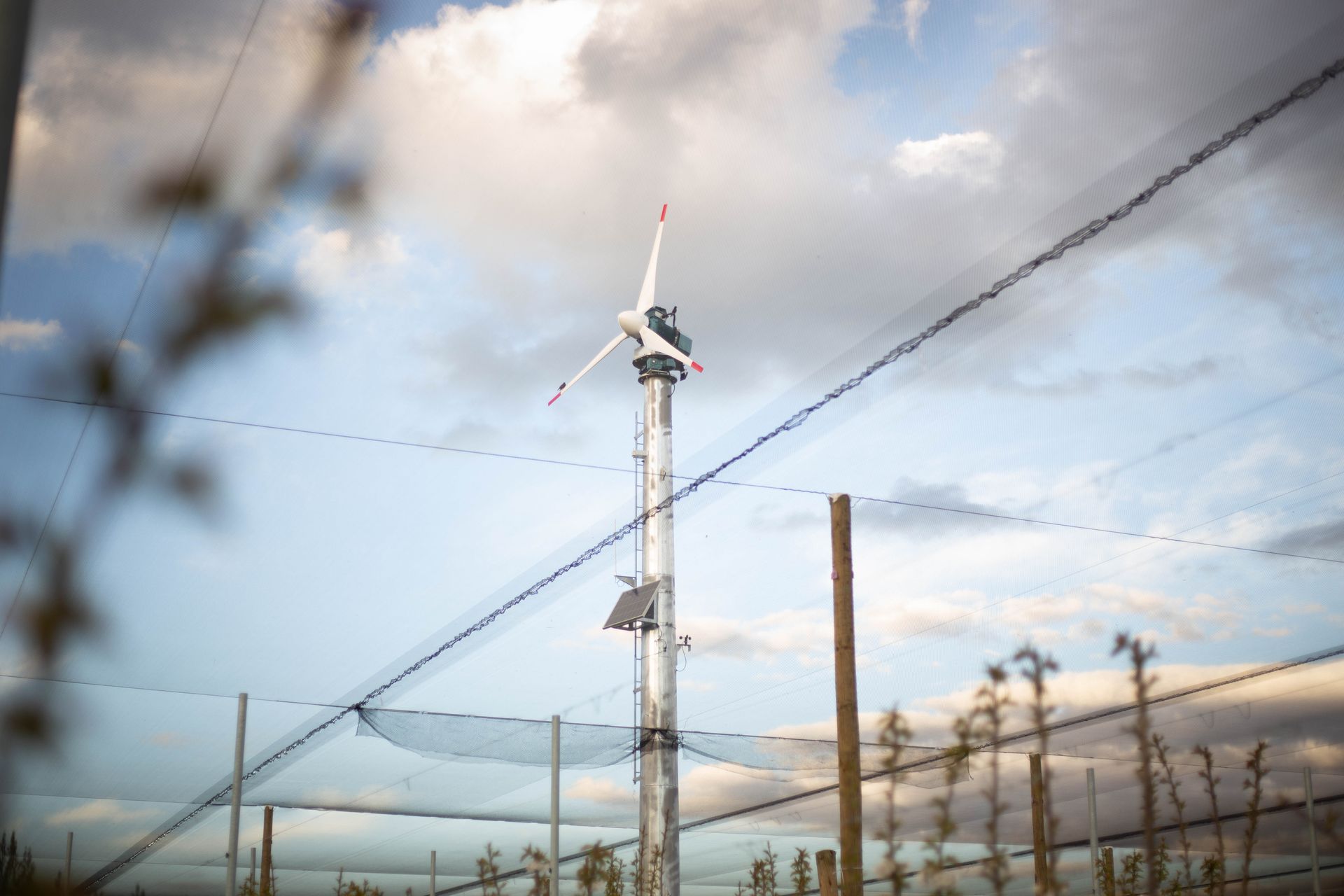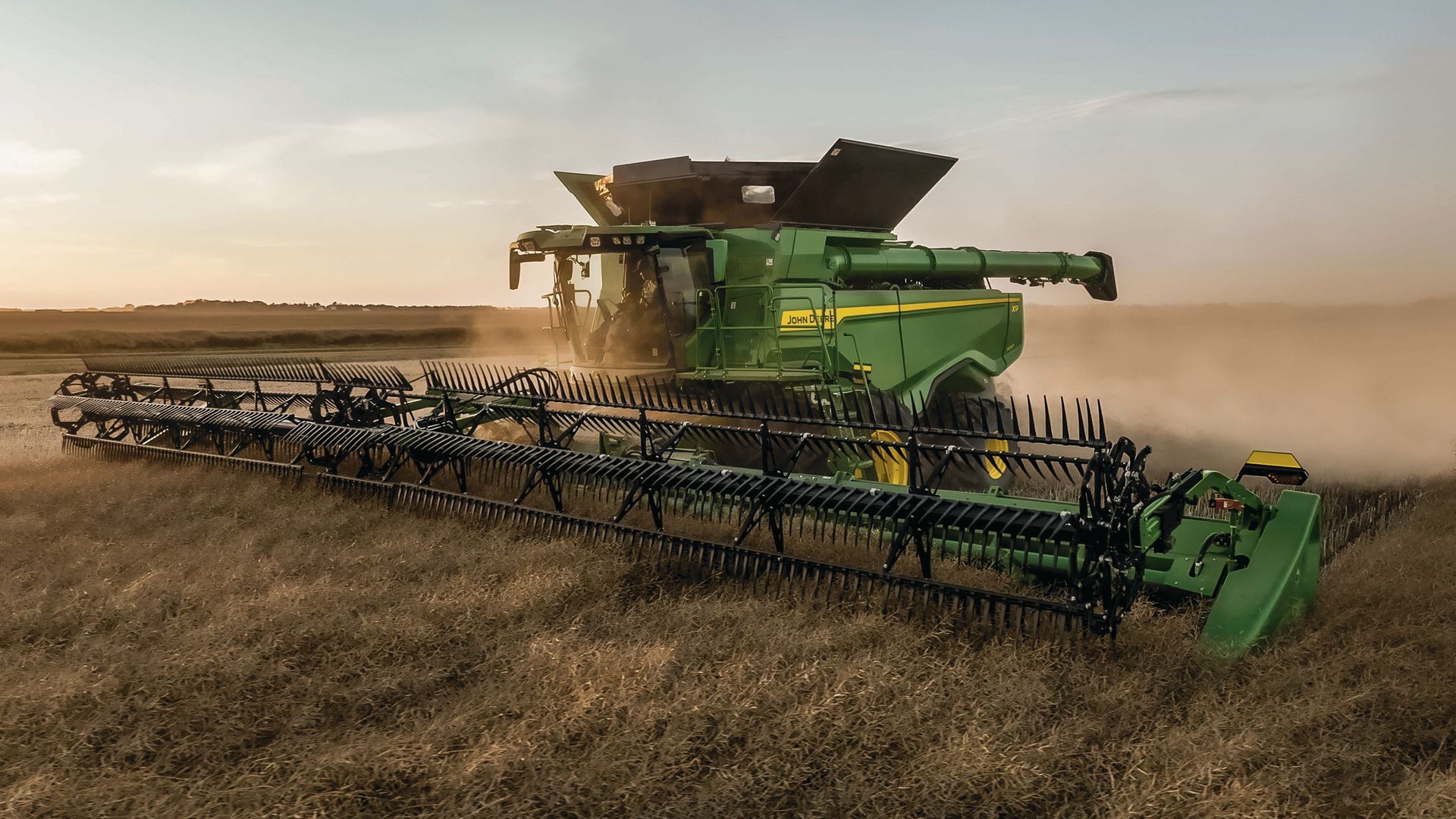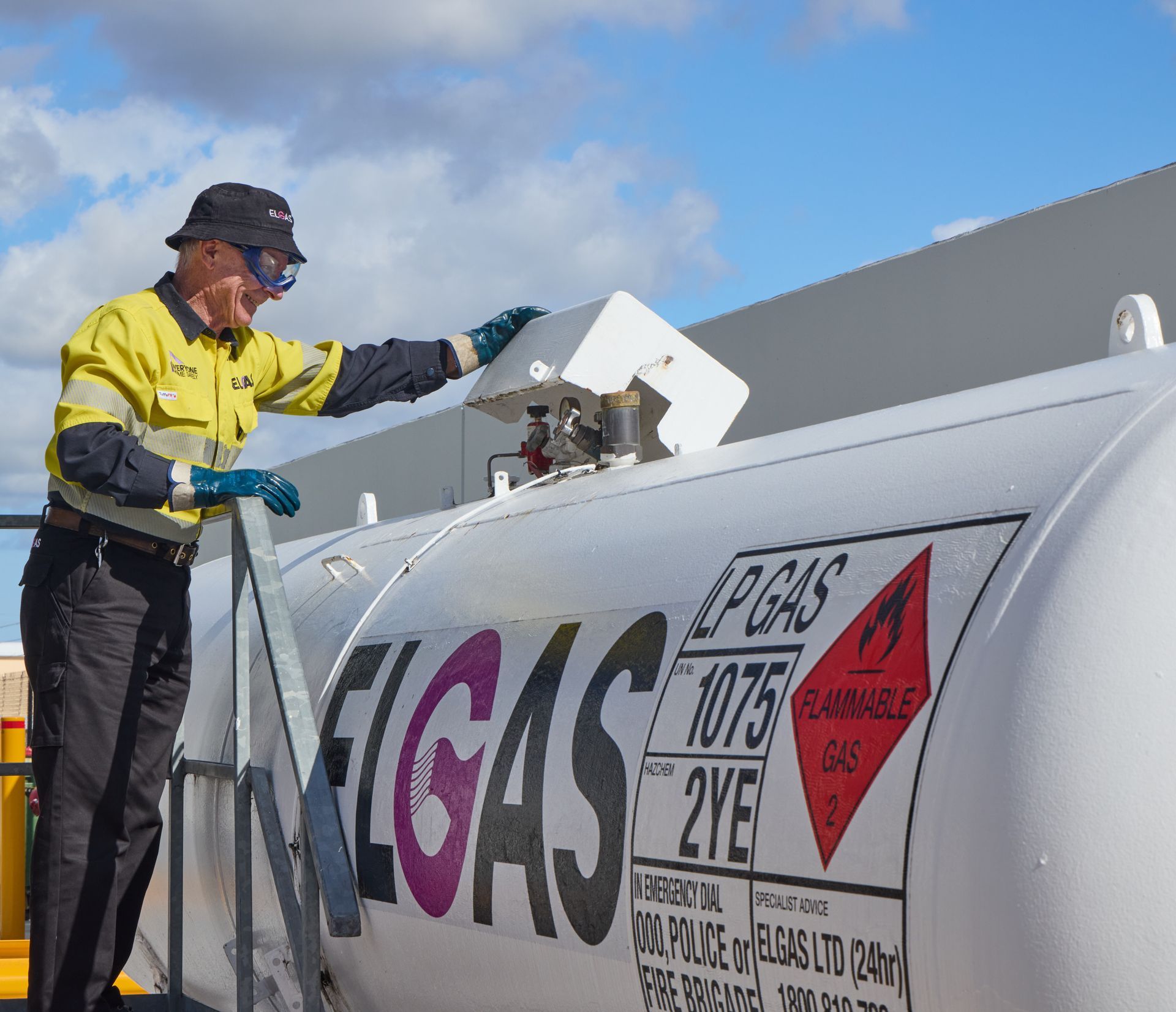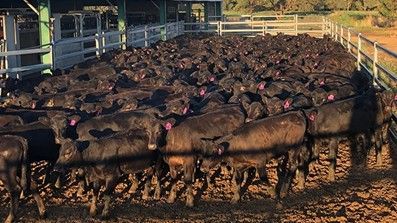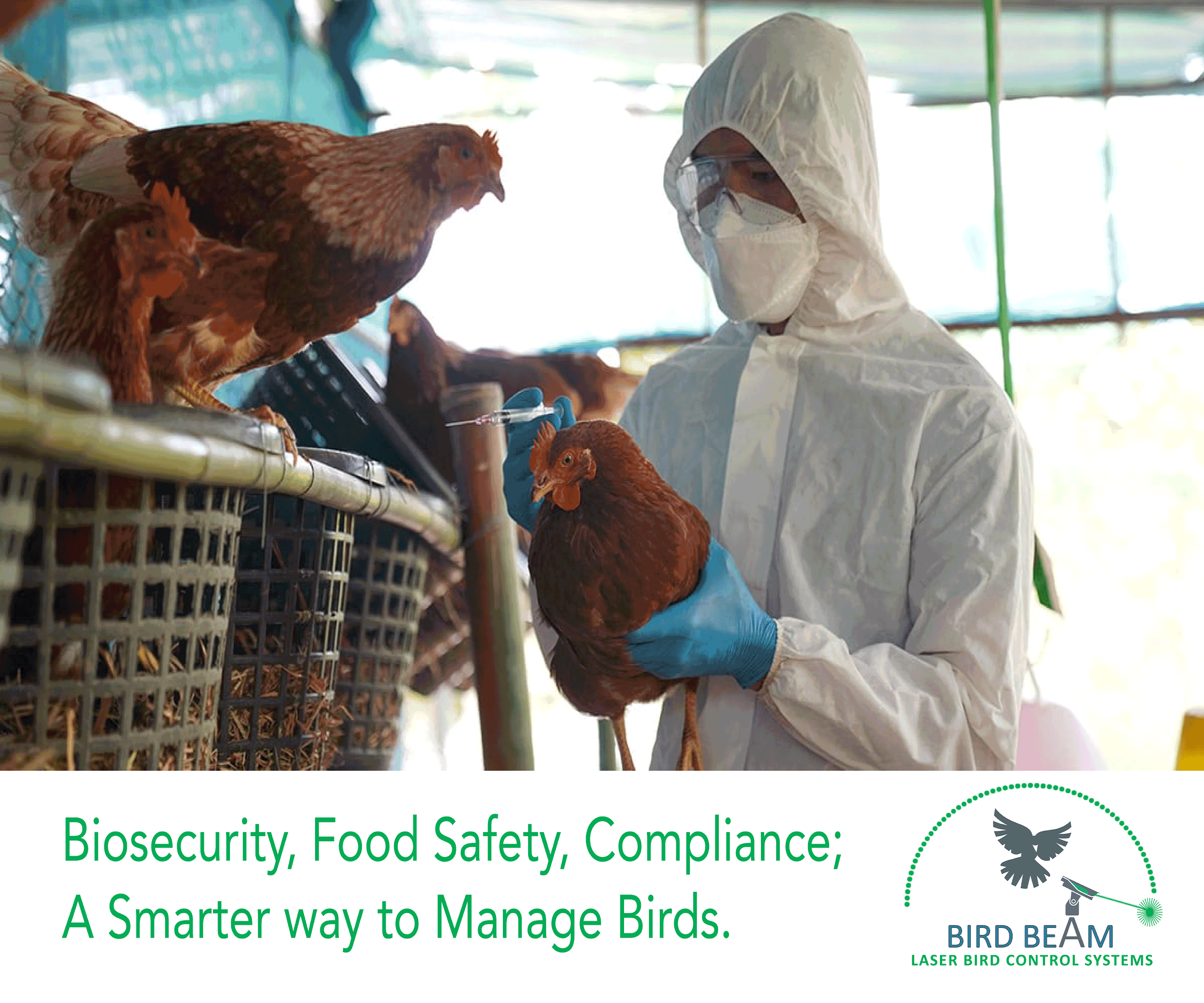1MG FlippingBooks
The Future is Liquid: the perfect solution to the rising costs of farming
Australian farmers are facing rising costs of fuel, fertiliser, and a shortage of labour. Meanwhile, with over fifty-seven years’ experience in agricultural engineering, Peter Burgess of Liquid Systems SA has developed systems and solutions that provide precise, accurate, and reliable in-furrow delivery of liquid fertilisers at time of sowing, to save on time and money.
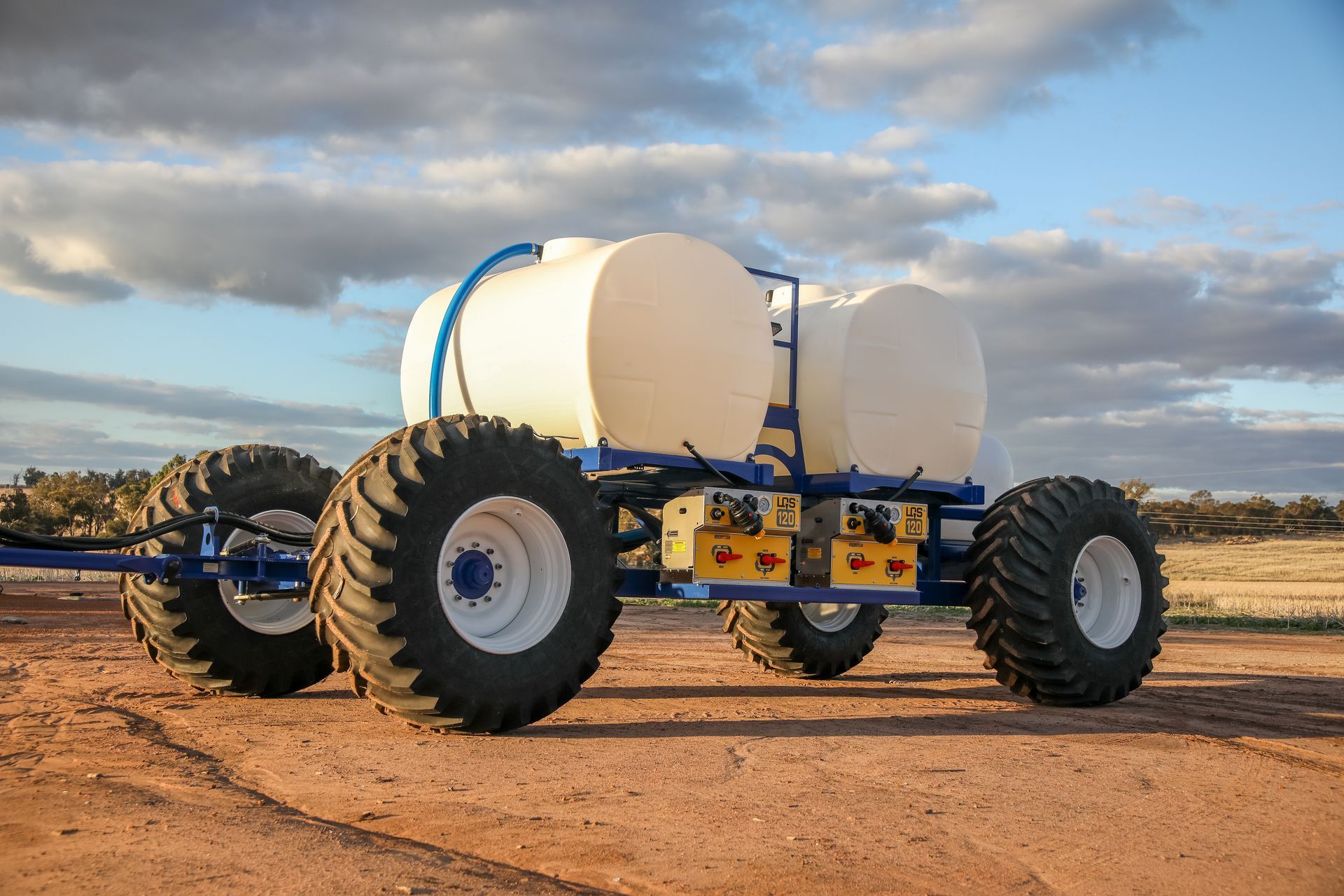
Originally a welder and metal fabricator by trade, Peter Burgess has been working in agricultural innovation and engineering since 1966. Peter’s interests in developing an efficient and safe system for precise liquid delivery to boost crop performance began when he was asked by the Minnipa Agricultural Centre in South Australia to develop a novel solution for delivering liquid phosphoric acid to the soil. Seeing the success Peter had experienced solving this problem, CSBP in Western Australia then asked him if he could help in the delivery of another fertiliser product, called Urea Ammonium Nitrate (UAN), and in 2002 Liquid Systems SA was born.
Liquid Systems SA uses two key components, both manufactured in the company’s Edwardstown facility located in south Adelaide, called Pump and Rate Control Modules and STACKER Distribution Kits. They can be, Peter explains, “daisy-chained” together and have their functionality easily upgraded to section control, multiple liquids or chemical injection. They can be attached to most air-seeders and, more distribution units can be added over time, if needed. They’re also designed to integrate with most leading Precision Ag displays such as Raven, John Deere, Trimble, and Topcon. One of the main advantages of the delivery system is that it can retrofit onto most existing agricultural machinery – old and new.
Samantha Bell, Peter’s stepdaughter, has been the company’s operations and marketing manager since 2011. “The major benefit of Liquid Systems,” Samantha says, “is its targeted nutrient placement – meaning every seed gets its fair share of fertiliser; multiple liquids in one pass and the ability to have independent control of the liquids. You get a faster, better crop establishment because the nutrients are targeted in the soil where the seed can draw the product.”. Liquid Systems SA’s clear step-by-step manuals make it easy for farmers to set up the systems themselves – but, if there are any problems, help is just a phone call away.
The main liquids usually applied by Liquid Systems are fungicides, micronutrients and UAN, but the delivery system can also be used to apply crop protection agents such as insecticides and, nematicides as well as other products such as inoculants, soil conditioners, and soil wetters. Different sized polyethylene tubes allow for different viscosities, which allow non-compatible liquids to be applied at the same time while avoiding mixing. The system delivers row-by-row, second-by-second accuracy. Liquids can be applied at different levels within the soil, and applied before and after seed placement. Anywhere from one to more than five liquids can be delivered at time of planting, and the farmer has the ability to control individual supply lines real-time, using any of the leading Precision Ag displays. This precision enables farmers to save time and money, as it minimises waste and requires fewer passes.
Lee Lonergan, a grain producer in Mungindi, NSW, has been using Liquid Systems for over 16 years. His focus on improving soil health means he largely uses the system to apply trace elements, such as copper and zinc, which reduces the amount of nitrogen fertiliser required. He says that while the up-front cost of liquid fertilisers, particularly UAN, may be dearer than granular, less is needed and none is lost into the atmosphere. And, unlike when applying granular urea, he doesn’t need to hope for rain to get the product where it’s needed.
“I don’t want to put my business at any more cash-flow risk than I absolutely have to, so I can buy my liquid fertiliser, I can put it in the tank on farm, at the right price, and I can apply it when I go to plant. So, I don’t have to spend all this money hoping and praying I’m going to get rain; I’ll do it when I’m going to plant. I don’t pre-plant at all anymore, I do it all in one pass. And from a cash-flow point of view, I’m saving, saving, saving; I pay a bit more for the product, but I’ve got a very efficient product, I’ve got very efficient machinery, I just do it in one go, and the savings are enormous.”
In January 2022, Liquid Systems SA conducted a survey of their customers that proved what they already suspected: using liquid results in greater crop yields, saving time and money.
• 93% reported improved farm profitability
• 88% reported quicker crop emergence
• 55% reported reduced post-spraying of chemicals
• 74% reported improved operational efficiency
• 73% reported increased crop yields
Liquid Systems exports their product all over the world from Eastern Europe to North America, and has been working with John Deere since 2010. All parts are manufactured at the factory in South Australia meaning not only a quality product, but the avoidance of delays when a customer needs a part quickly. “We aim for same-day orders out the door. It’s something we take very seriously, especially at seeding when it’s time-sensitive,” Samantha says.
And Liquid Systems is ready with phone support if things go wrong. “Because we’ve got everything documented, and understand everything from design, operation, to maintenance, we can support and diagnose any technical issue that arises over the phone,” says Samantha.
“If you actually lost all of your electronics,” Peter says, “we’ve built the system so you can still run it manually. Nobody out there can provide as much backup as we can, with all our extensive literature and related company assets; it’s unreal, and that’s just a fact.” He adds that in some instances, if you have Wi-Fi, problems can be resolved remotely. “But, we’re committed to making durable and reliable equipment of the highest order”, he says.
“Their machinery is very accurate, it’s very well-built, and it’s virtually bullet-proof actually,” says Lee Lonergan. “And it’s timesaving. That’s the other big one.”
Web: https://liquidsystems.com.au
Email : contact@liquidsystems.com.au
Company info: https://liquidsystems.com.au/news/customer-case-studies/

